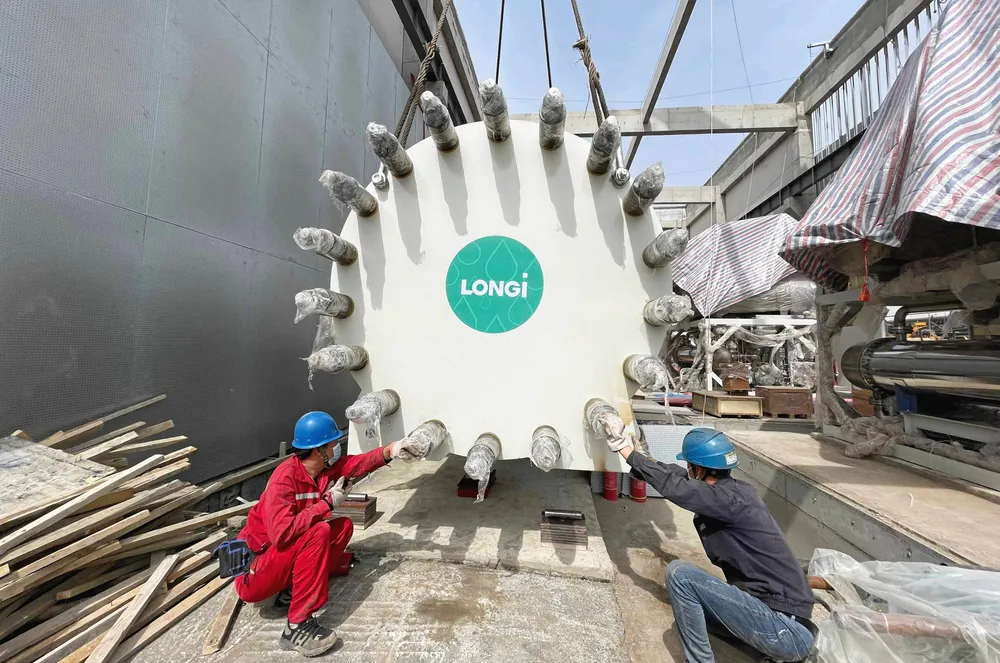The global hydrogen trade | Will green H2 exporters have to import gigawatts of electrolysers?
A new Rystad report indicates that some regions will be ‘largely reliant’ on technology imports, as manufacturers follow the subsidies

A new Rystad report indicates that some regions will be ‘largely reliant’ on technology imports, as manufacturers follow the subsidies
